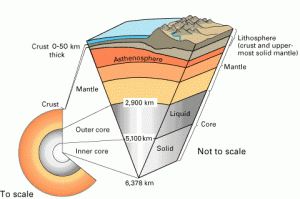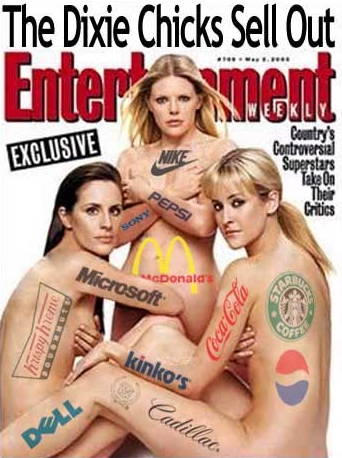My last post about TheStation made me revisit the most-subscribed YouTube “stars” and channels to see what’s changed.
Who are the most-viewed, most-subscribed and most popular people on YouTube? Here are some trends, stats and sources for additional information.
First some trends:
- We’re still seeing YouTube’s “most subscribed” list (more important than “most viewed” because it eliminates one-hit wonders) largely dominated not by professionals but individuals. In the top ten list are only 3 “professional” channels (machinima, Jonas Brothers and Universal). The rest are people like Fred, Nigahiga, ShaneDawsonTV, KevJumba, WhatTheBuckShow and VenetianPrincess. These are amateurs with recurring audiences, but only some have agents.
- The packaged content (CollegeHumor) is not as popular as individual creators because people continue to become active on YouTube from a social context… picking their favorites as “virtual friends” as opposed to gravitating to the best content (TheOnion). I did not think this would continue to be the case in 2009, as online-video viewing moves mainstream.
- The channels that move rapidly up this “most subscribed” list are typically spawned from already-popular channels. TheStation almost immediately reached the top 20 because the collective “web stars” promoted it. Likewise, when a popular YouTuber like ShaneDawson creates a second account (ShaneDawsonTV2) it rises quickly up the ranks. The easiest way to get noticed on YouTube quickly is by appearing in a popular creator’s video, as the top creators rarely voluntarily “shout out” (advertise) someone else’s channel.
- As a result of the above trend, some widely known creators like Chocolate Rain singer TayZonday are falling off the top 100 list even as his views and subscribers continues to grow. Others slip because they lose touch with their fan base, or create videos less frequently. As an example, I’m happy to get about 250,000 views per day (as Nalts)… but not happy I’m always teetering at the bottom of the top 100 list.
- The mix of most-popular is primarily “vloggers” (individuals talking to the camera), followed by musicians and comedians. Broadly speaking, your chances are higher of being a most-subscribed YouTuber if you’re Asian, sexy, funny, or gay. Toss in a few curse words and some raucous content and you’re golden.
Some resources for tracking trends and stats:
- YouTube allows you to rank some of the top YouTube creators in various ways. To see the 100 most subscribed, click here. To see “most viewed 100“, click here. Note that many of the “most viewed” are professionals, while the most-subscribed are often individuals (or amateurs). The difference between the two is that the latter have a regular following, while the “most viewed” are often mainstream entertainers or one-hit wonders. As an example of the difference, LisaNova (okay I have a momentary crush on her) has 260,000 subscribers, while I have 141,000. But I have more views than her (as of this writing) with 93 million to date. Which means she should really be jealous of me. Hee.
- Looking for the Most Popular YouTube Videos of All Time? Here they are. Evolution of Dance at 125 million views and Avril Lavigne are neck & neck, followed by “Charlie Bit My Finger.” Since views beget views, videos have a way of lodging here permanently. My most-popular video (at nearly 10 million views) is the insufferable “Scary Maze” (I almost didn’t post it). “i are cute kitten” is also doing well… these prove that most-viewed does not mean the best.
- TubeMogul is the definitive site for online-video views across the web. It ranks the top-40 online-video stars that use Tubemogul, but tracks views in aggregate (whether submitted via Tubemogul or not). I like Tubemogul’s methodology mainly because I rank #11 to iJustine’s #27. Of course that won’t last long.
- iStardom allows you to track online “weblebrities” on YouTube and other sites. For instance, I’m #51 on iStardom. Most of the top iStardom stars are also YouTube’s most popular… the iStardom top-1o list is almost identical to that of YouTube.
- YouTubeStars.com is a blog that reports on trends. The blog published intermittently, and has a sister website that ranks the top 100 most-subscribed (with recent trends). I like that it maintains a list of my subscriber numbers by week, and shows up/downs on the list.
- YouTube allows you to rank videos in a variety of way. For instance you can choose a category (music, comedy, entertainment) and select the most-viewed, most-popular of the day, week, month or all time.
- WillofDC is a YouTube creator who does a weekly report on trends (W&L, or “winners and losers”). He fawns over iJustine (and her recent jolt on YouTube), and has been tracking the rise of ShayCarl and CommunityChannel. (a belated thanks to Will for his shout-out when I quit my job).
- The YouTube Blog has some interesting information, but doesn’t provide as many trends and stats as we’d like.
- URLesque provides an introduction to the top 10 (at that point) most subscribed YouTube stars… for you noobs.
Anyone have any other sites I should add? Frankly I’m surprised there aren’t easier-to-find websites that collect and share data (WillofDC uses a website to report winners and losers, but I don’t know what it is.





